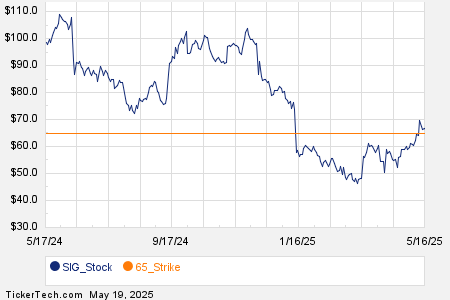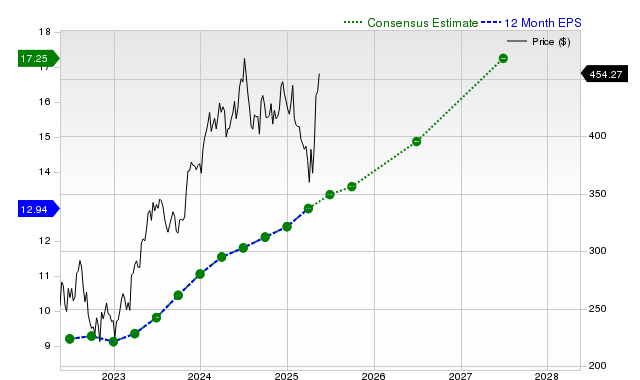Coffee Prices Rise Amid Drought and Export Challenges in Brazil
July arabica coffee (KCN25) has gained +8.70 (+2.38%) today, while July ICE robusta coffee (RMN25) is up +81 (+1.66%).
Weather Impact and Export Challenges
Today’s surge in coffee prices is primarily attributed to below-average rainfall in Brazil’s coffee-growing areas. Somar Meteorologia reported that the Minas Gerais region, Brazil’s largest arabica coffee cultivation zone, received just 2.5 mm of rain in the week ending May 17, which is only 12% of its historical average.
Concerns about decreasing coffee exports from Brazil are also buoying prices. Last Monday, Cecafe reported a 28% year-over-year decline in Brazil’s April green coffee exports, totaling 3.05 million bags. Moreover, in the January to April period, exports decreased by 15.5% year-over-year to 13.186 million bags.
Increasing Coffee Inventories and Supply Estimates
While signs of smaller exports lend support to coffee prices, expectations of larger coffee supplies are capping this rise. Safras Mercado reported on May 13 that Brazil’s 2024/25 coffee sales are 97% completed—up from 94% at the same time last year. Last Thursday, arabica coffee prices hit a three-week low due to indications of growing global coffee supplies.
The USDA projected on May 9 that Honduras, Central America’s largest coffee producer, will see a 5.1% increase in coffee production for the 2025/26 season, bringing it to 5.8 million bags. Additionally, Safras & Mercado raised its projection for Brazil’s 2025/26 coffee production from 62.45 million bags to 65.51 million bags. Conab, Brazil’s crop forecasting agency, also revised its estimate upward to 55.7 million bags from 51.81 million.
Impact of Inventory Levels
Rising inventories pose a challenge for coffee prices. ICE-monitored robusta coffee stocks hit a seven-and-three-quarter month high today at 4,955 lots, while arabica coffee stocks reached a three-month high on Friday at 851,169 bags.
Demand Concerns Affecting Prices
Bearish sentiments regarding demand are also influencing coffee prices. Leading global commodity importers such as Starbucks, Hershey, and Mondelez International indicated that the US’s baseline 10% tariff on imports is likely to push prices up, consequently affecting sales volumes.
Production Trends in Vietnam and Brazil
Despite the difficulties faced by Brazil, reduced robusta production in Vietnam offers some support. Drought conditions have led to a 20% decrease in Vietnam’s coffee production for the 2023/24 crop year, down to 1.472 million metric tons, marking the lowest output in four years. Additionally, Vietnam’s General Statistics Office reported a 17.1% year-over-year decline in 2024 coffee exports to 1.35 million metric tons.
Last Tuesday, Vietnam’s National Statistics Office revealed that coffee exports for January to April 2025 decreased by 9.8% year-over-year to 663,000 metric tons. The Vietnam Coffee and Cocoa Association adjusted its estimate for 2024/25 coffee production down to 26.5 million bags, a reduction from the previous estimate of 28 million bags. In contrast, Rabobank predicts that Brazil’s 2025/26 robusta coffee crop will increase by 7.3% year-over-year to a record 24.7 million bags.
USDA’s Projections and Future Expectations
The USDA’s biannual report released on December 18 offered a mixed outlook for coffee prices. The Foreign Agriculture Service (FAS) projects that world coffee production will increase by 4.0% year-over-year to 174.855 million bags in 2024/25, with arabica and robusta productions increasing by 1.5% and 7.5%, respectively. However, ending stocks are expected to drop by 6.6% to a 25-year low of 20.867 million bags.
Separately, the FAS on November 22 forecasted Brazil’s 2024/25 coffee production at 66.4 million metric tons, which is lower than the earlier forecast of 69.9 million metric tons. It expects Brazil’s coffee inventories to fall by 26% year-over-year to 1.2 million bags by June 2025.
For the marketing year 2025/26, Volcafe on December 17 revised its Brazil arabica coffee production estimate down to 34.4 million bags—approximately 11 million bags less than its earlier forecast. Volcafe anticipates a global arabica coffee deficit of 8.5 million bags in 2025/26, a wider gap compared to the projected 5.5 million bag deficit for 2024/25, marking the fifth consecutive year of deficits.
On the date of publication, Rich Asplund did not have (either directly or indirectly) positions in any of the securities mentioned in this article. All information and data in this article are solely for informational purposes.
For more information, please view the Barchart Disclosure Policy here.
More news from Barchart
The views and opinions expressed herein are those of the author and do not necessarily reflect those of Nasdaq, Inc.


